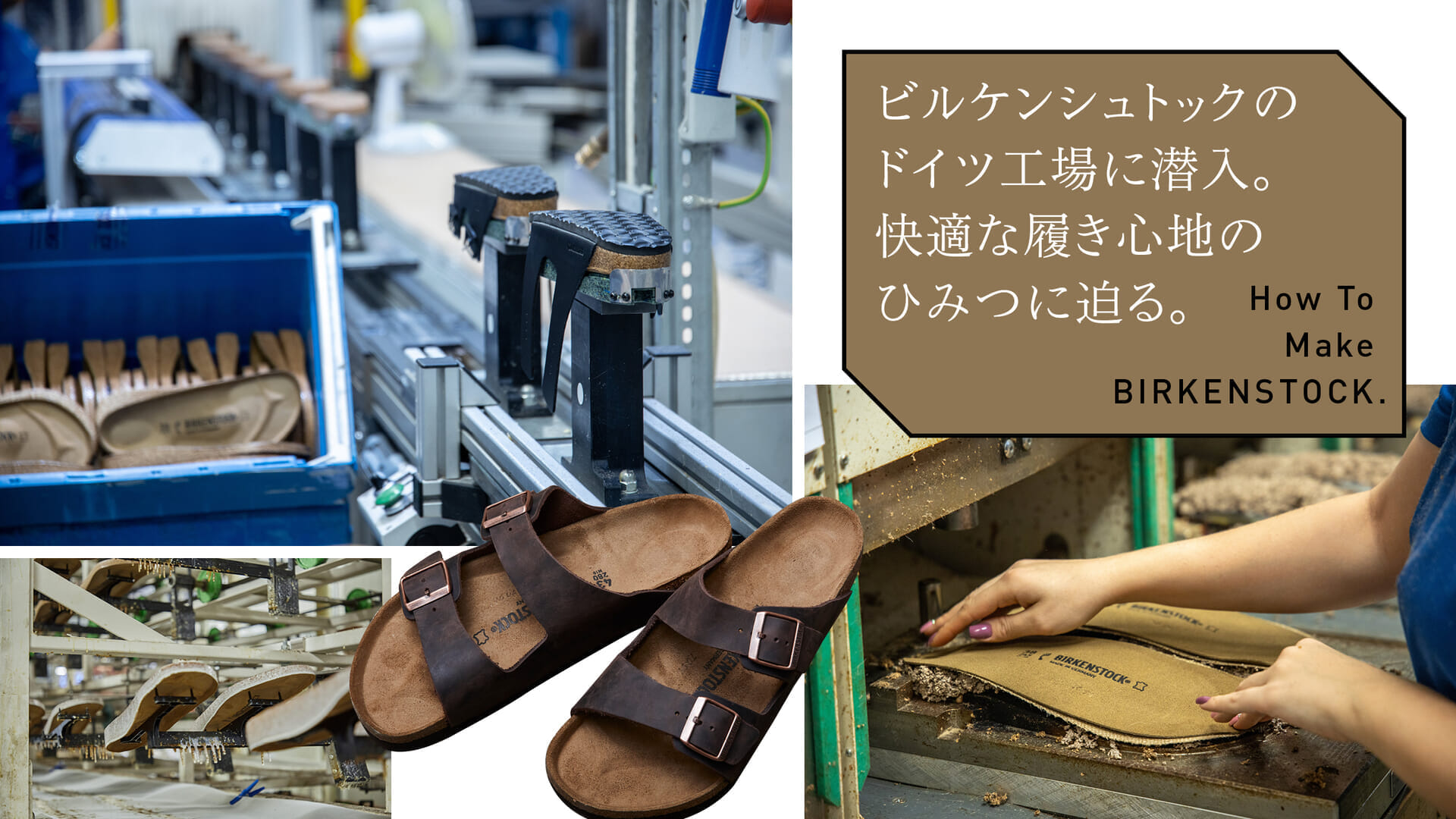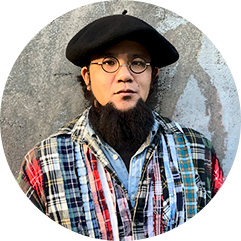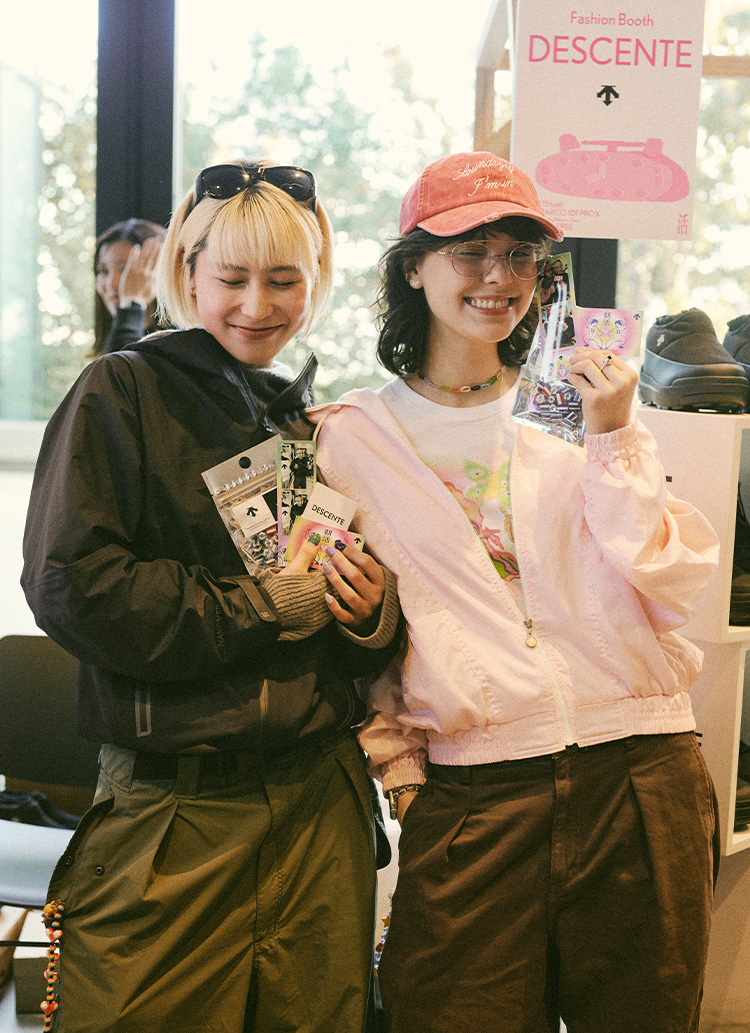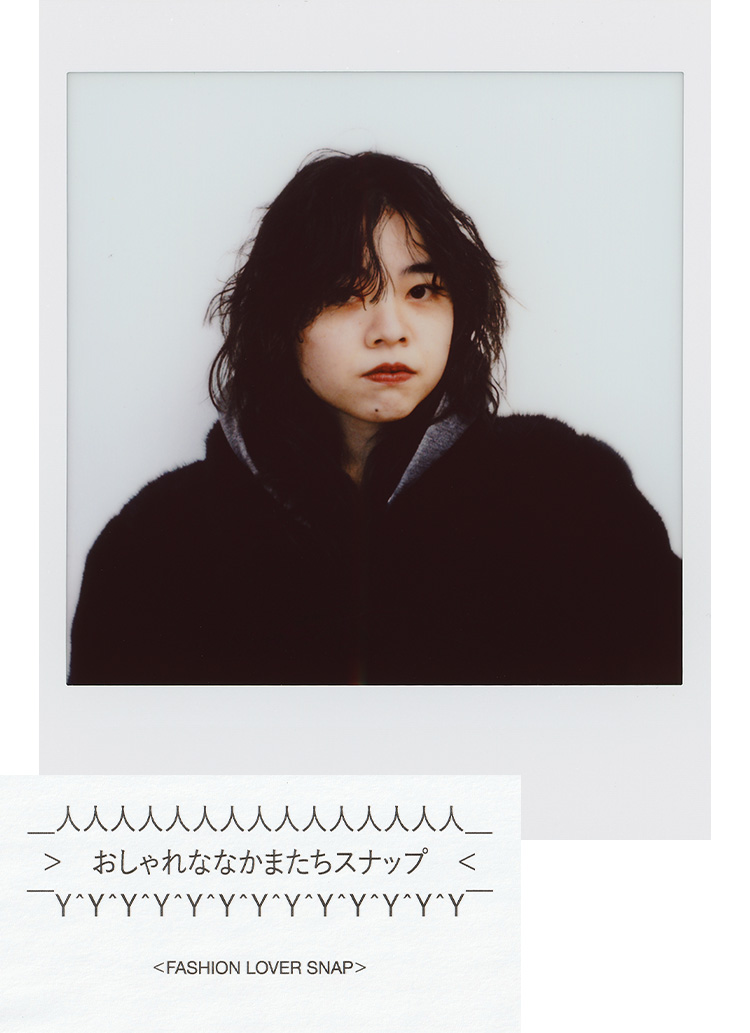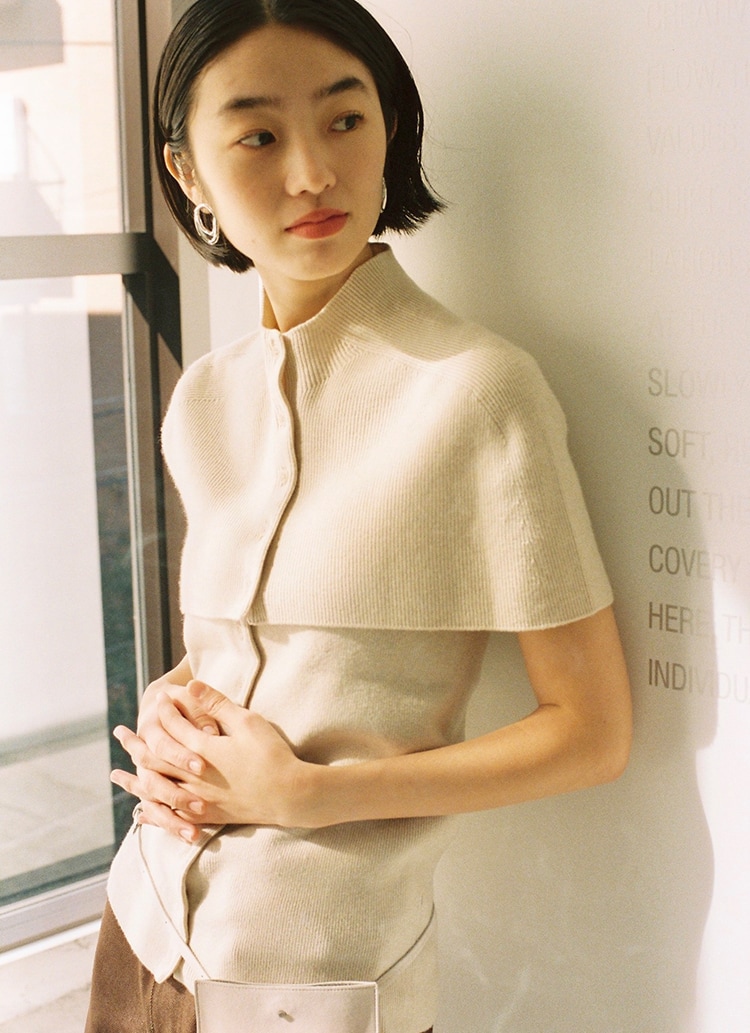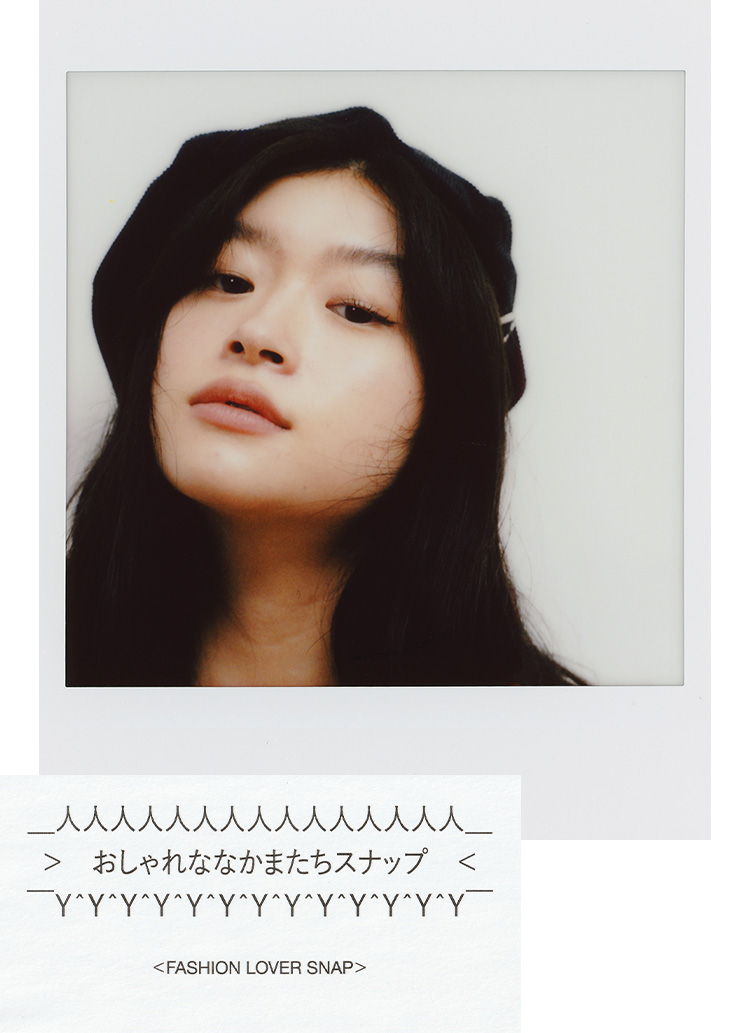Leather&Upper
Leather upper made of high quality materials.We moved on to the factory in Bernstadt, a town about 30 minutes south of Görlitz. Here, the quality of the leather used for the sandals is checked, the leather is cut, and the uppers are made.

Birkenstock mainly uses leather from Western and Southern Europe.
All leather used in the upper and inner lining,
Delivered to the leather storage room at the Bernstadt factory, where it undergoes a rigorous check.
Of course, here at the Bernstadt factory, as with the footbeds, there is a lot of manual work and attention to detail. The quality of leather is checked from safety aspects such as durability and abrasion to details such as size and dirt.
Only leather that meets Birkenstock's strict standards is then passed on to the production line for subsequent cutting and upper production. The upper is an important part that directly protects the foot. It goes without saying that each and every process is important.
In consideration of the environment, Birkenstock uses vegetable-tanned leather, in which tannin is extracted from natural plants. The ecological concept of Birkenstock, which does not use any chemicals, can be seen in the materials used.
The leather tanned with vegetable tannin becomes more textured and familiar as it is used more and more, and it is also durable and long-lasting. One of the reasons why Birkenstock's sandals are loved for so long is due in large part to the choice of materials.
The leather is cut into the shape of the upper, the numbers are engraved on the left and right pairs, the folded part is thinly shaved, and then the upper is completed by engraving the brand name and attaching accessories such as buckles and rivets. The work is carried out in a continuous flow, with a staff member assigned to each step of the process. The staff's skillful and experienced hands were a sight to behold.
The Bernstadt factory currently has three production lines for leather, two for insoles, and three for Bilkoflor (synthetic leather). The number of processes is large, and all of them are time-consuming and detailed, but I was surprised to learn that most of the work is done by hand here as well.


